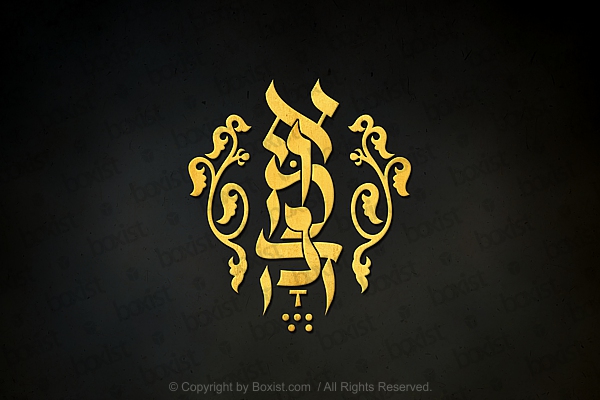Closeup Of Inscription Carved On The Wooden Door Of The Holy Sepulchre Church
Closeup Of Inscription Carved On The Wooden Door Of The Holy Sepulchre Church
This closeup image captures the intricate details of the carved letters on the old wooden main doors of the Church of the Holy Sepulchre in the Old City of Jerusalem. The wooden surface bears the marks of time, revealing a rich texture of worn grains that tell the tale of centuries of existence. The engraved letters, likely reflecting religious inscriptions or historical significance, are etched into the wood with precision, creating a sense of reverence and ageless beauty. The weathered appearance of the wooden doors adds to the authenticity and historical charm, showcasing the endurance of the structure through various periods. The door features old, rusty locks and door handles, each showing signs of prolonged use and exposure to the elements. The rust adds a touch of antiquity, emphasizing the enduring nature of these elements that have stood the test of time.
Image ID#: 8787 / Category: Religion, Miscellaneous / Price: 499$
PURCHASE A LICENSE
Get a License & Immediate Download: This image is available under our Comprehensive All-Inclusive Rights-Managed License, suitable for personal, non-profit, educational, business and commercial use.
| Size | Price | Buy |
|---|---|---|
| Original size | 499.00 |
Original file max size / Image type and details:
High quality JPG: 5616x3744 Pixels / File size: 12.50 Mb.
Available in up to 12,000 x 8,000 pixels (125 x 83.3 inches) at 300 DPI upon request.
License type: All-Inclusive Rights-Managed License.
License duration: Usage rights for a period of 1 Year from the date of purchase.
ancient biblical building calvary catholic chapel christian christianity church door entrance faith gate handle heritage historic holy sepulchre jerusalem landmark lock monument old orthodox pilgrimage religion religious rusty sacred sepulchre tomb tourism tradition worship wooden
Please note: While we strive to provide accurate descriptions for our images, please be aware that some descriptions may not be entirely accurate. Images may depict events, figures, symbols and descriptions may reflect the societal norms of their time, but may not align with current understanding as they are presented within their respective cultural or historical context.
© Copyright Notice: This image is the exclusive property of Boxist.com Photography (Photographer: Sam Mugraby), and is protected by copyright law. Unauthorized use of these images is prohibited. We reserve the right to pursue unauthorized users and to seek damages for copyright infringement.






